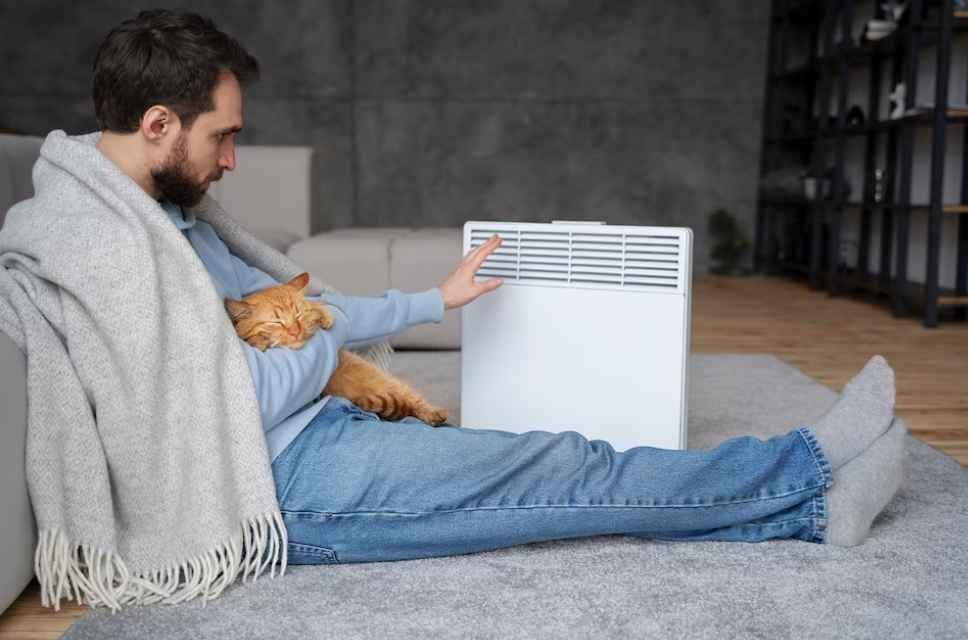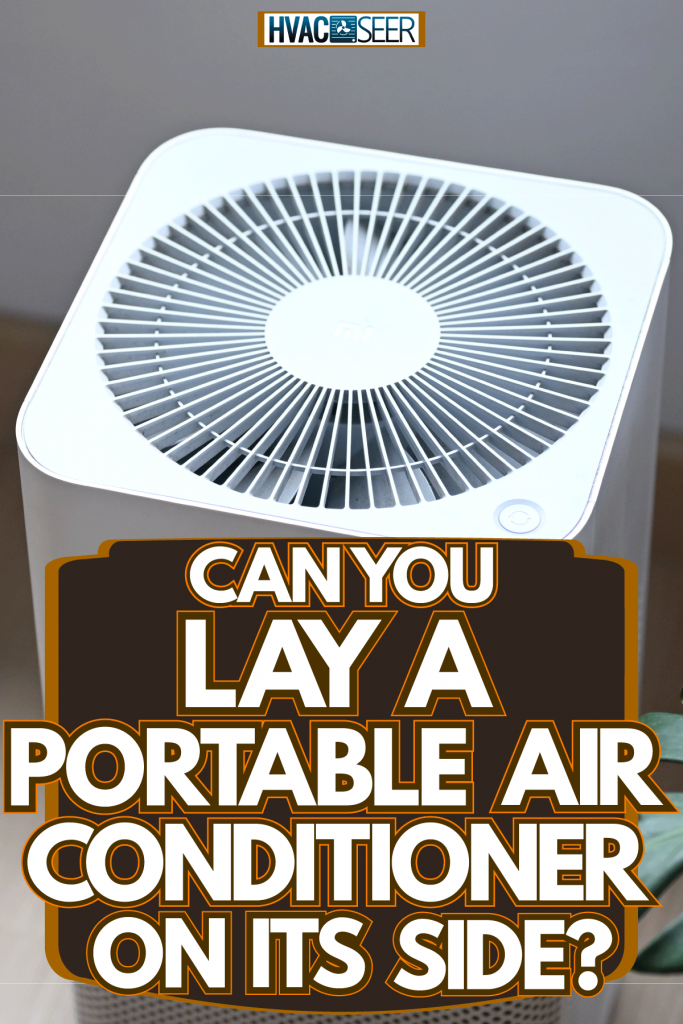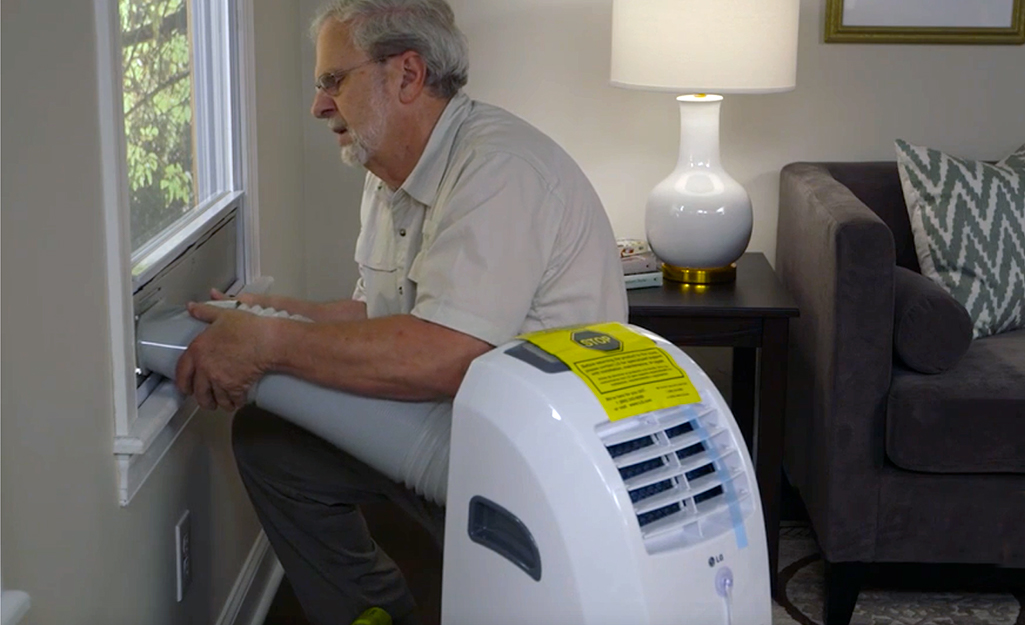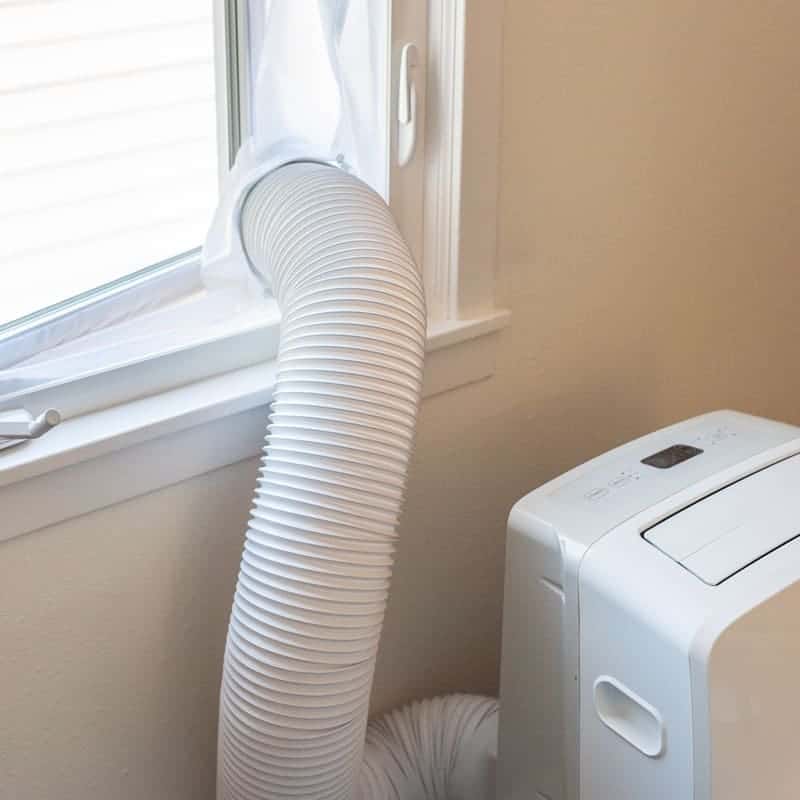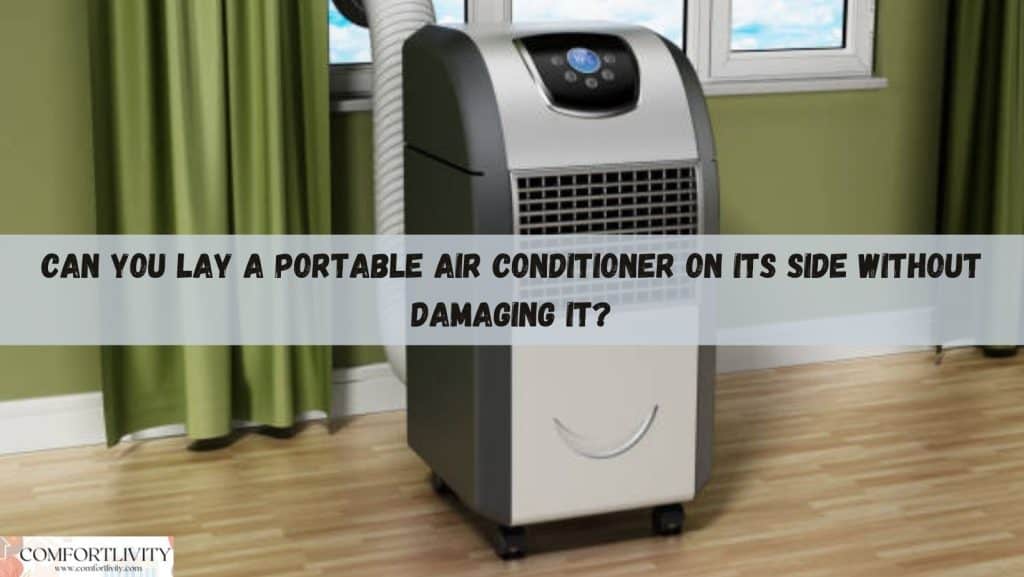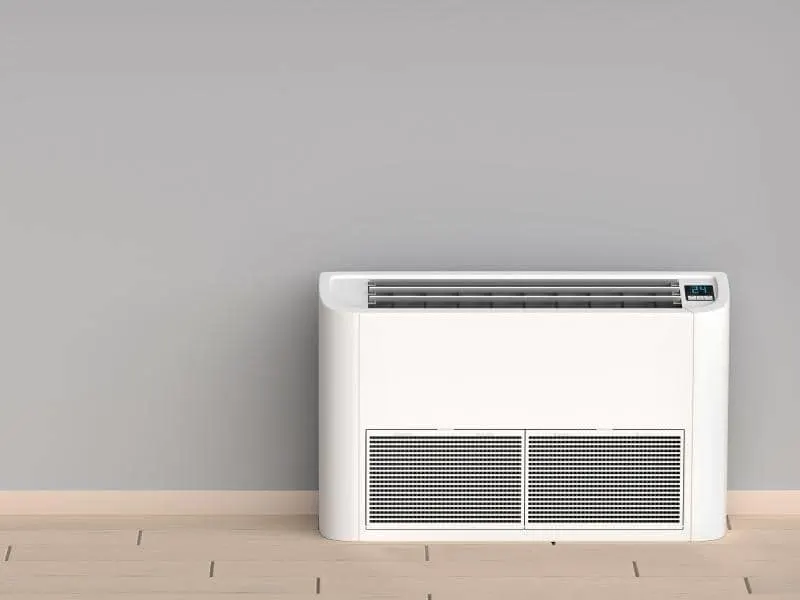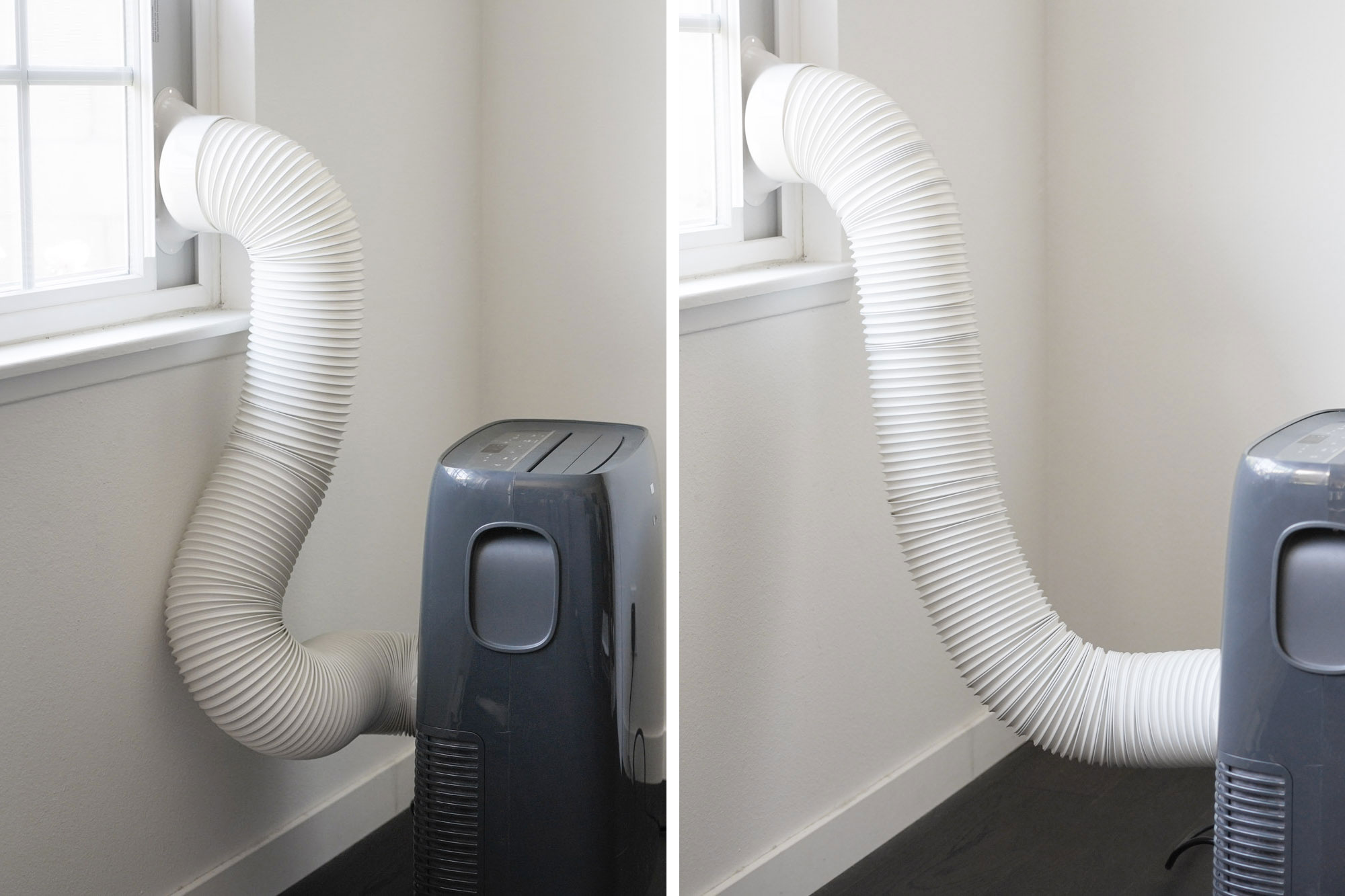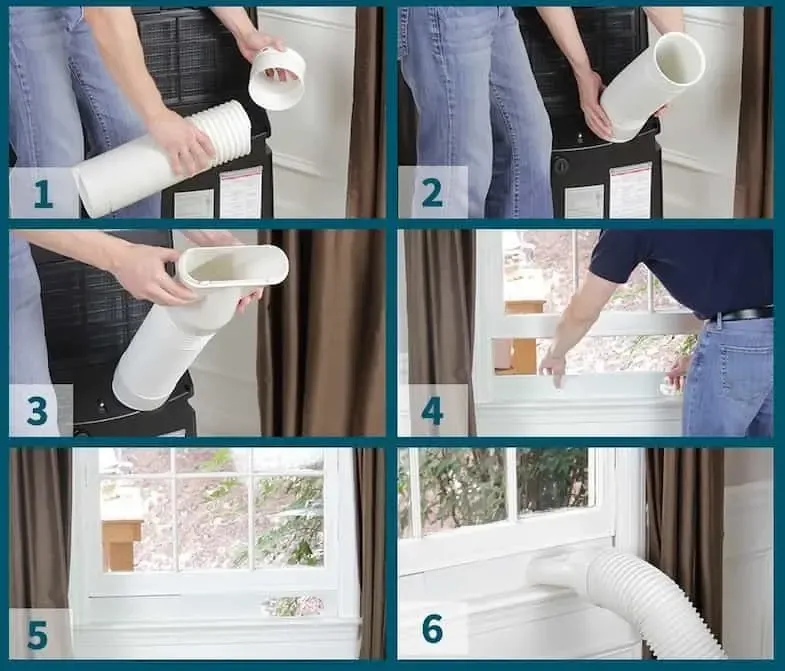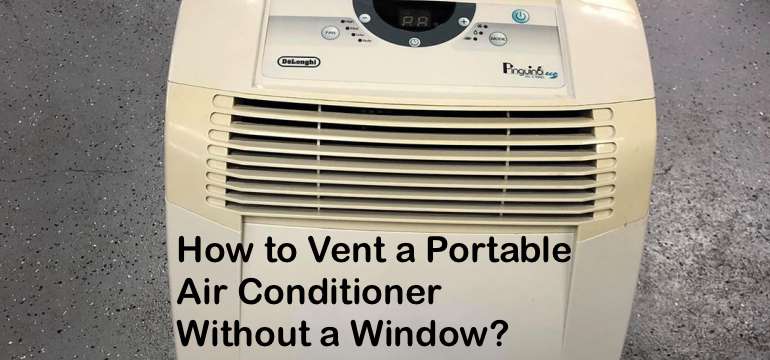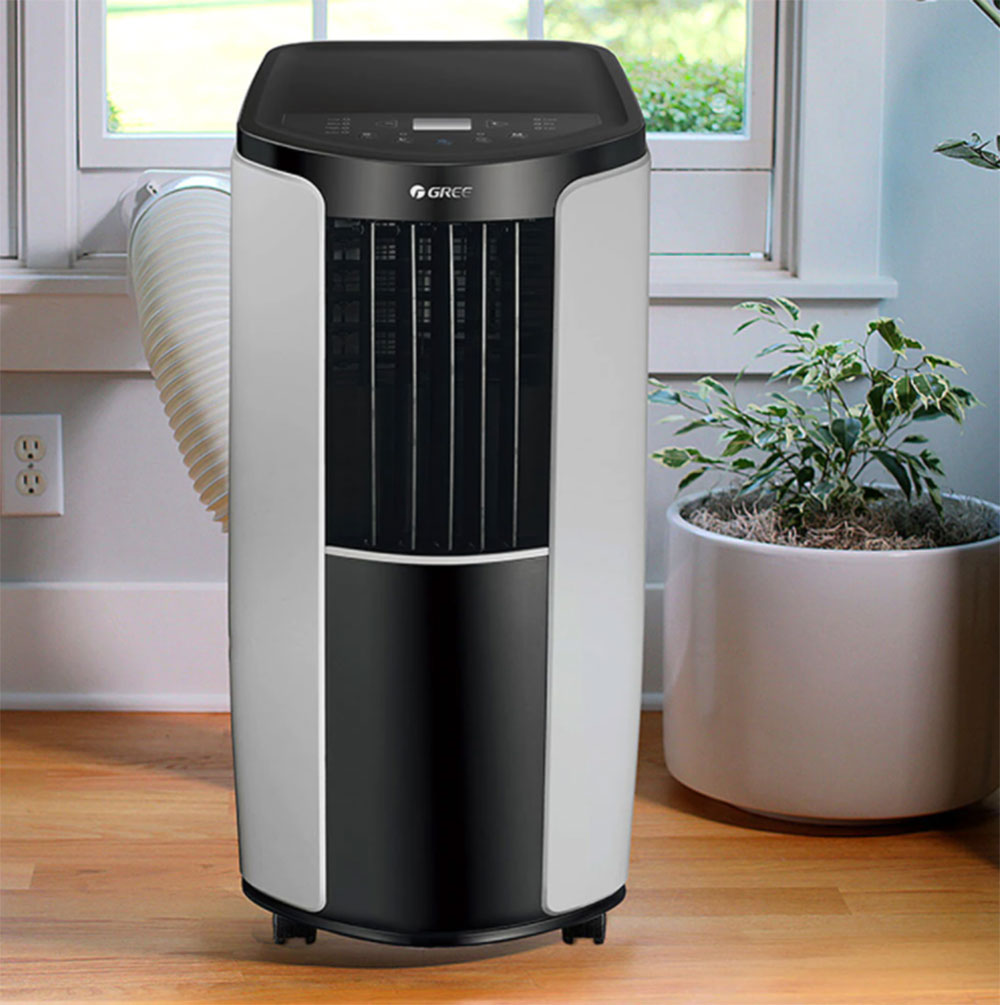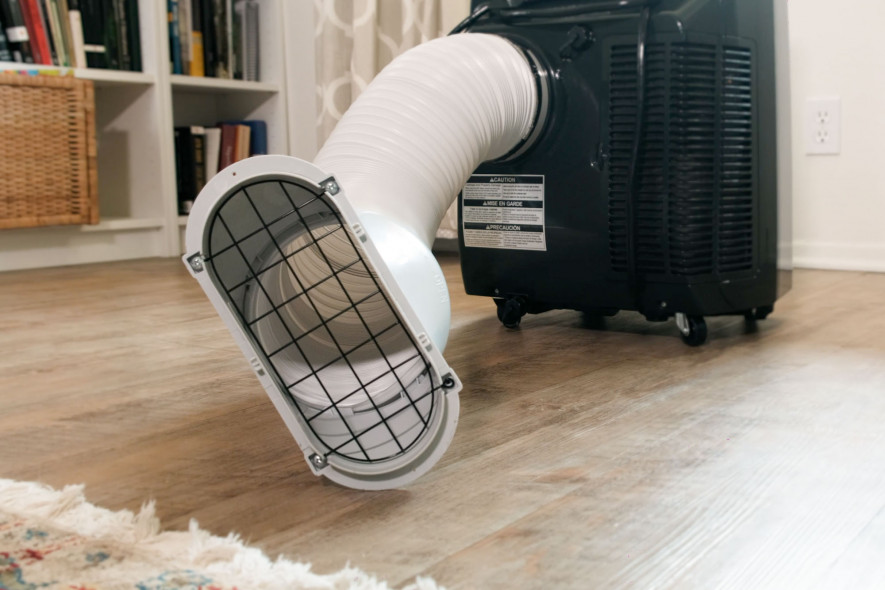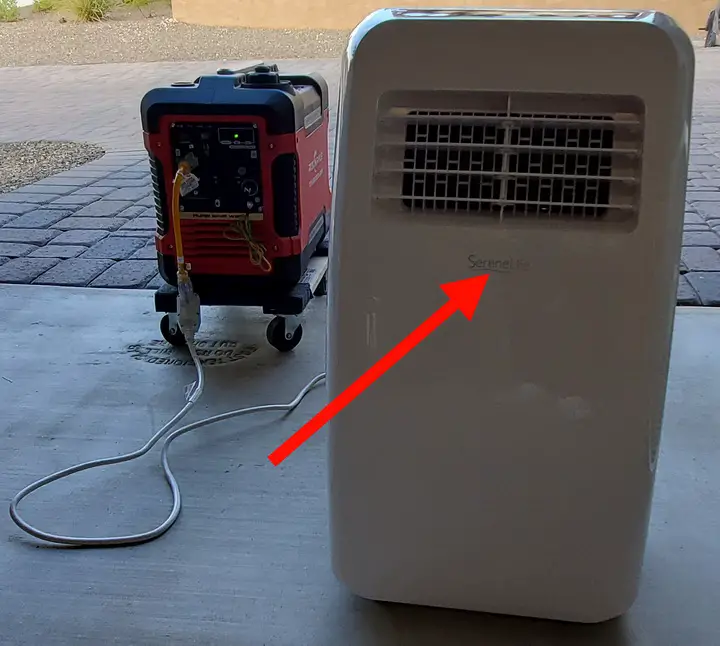Can You Lay Down A Portable Ac

As summer temperatures soar, the question of effectively cooling indoor spaces without traditional central air conditioning becomes increasingly relevant. Portable air conditioners offer a potential solution, but their practicality, particularly concerning installation and usage restrictions, often leads to confusion. Specifically, many users wonder if they can operate a portable AC unit horizontally.
This article examines the possibility, limitations, and potential ramifications of laying down a portable air conditioner, drawing on manufacturer guidelines, expert advice, and user experiences. Understanding these factors is crucial for ensuring efficient cooling, preventing equipment damage, and maintaining safety.
The Technical Hurdles
Portable air conditioners are engineered to function in an upright position. Internally, they rely on the consistent flow of refrigerant and condensate management, both of which are gravity-dependent.
Laying the unit down disrupts these processes. This can lead to a variety of problems.
Refrigerant Flow Disruption
The refrigerant within a portable AC is a critical component of the cooling process. It cycles between a gaseous and liquid state to absorb and release heat.
When the unit is horizontal, the refrigerant can pool unevenly, potentially causing the compressor to malfunction. This can even lead to permanent damage, according to multiple appliance repair specialists interviewed for this article.
Condensate Drainage Issues
Portable air conditioners generate condensate as they cool the air. This water needs to be properly drained, either through a hose or into an internal reservoir.
Orienting the unit horizontally can obstruct the drainage system, leading to leaks and water damage. The Environmental Protection Agency (EPA) recommends maintaining proper drainage to prevent mold growth and maintain indoor air quality.
Compressor Damage
The compressor is the heart of the AC unit, responsible for pressurizing the refrigerant. Operating the unit on its side can starve the compressor of necessary lubrication.
This can lead to overheating and premature failure. This is according to a white paper from the Air Conditioning, Heating, and Refrigeration Institute (AHRI) outlining best practices for maintaining HVAC equipment.
Manufacturer Guidelines and Warranties
Nearly all portable AC manufacturers explicitly state that their units should be operated in an upright position. Attempting to use them horizontally typically voids the warranty.
A review of owner's manuals from major brands like LG, Whynter, and Honeywell confirms this restriction. These guidelines are in place to ensure both safety and performance.
Ignoring these guidelines can result in costly repairs or the need for replacement. It's a risk that outweighs the potential benefits of horizontal placement.
User Experiences and Alternatives
While some users might be tempted to lay down a portable AC for storage or transportation purposes, it's generally not recommended. The risk of damage is high.
Online forums and review sites are filled with anecdotal reports of units malfunctioning after being transported or stored horizontally. However, some users have reported temporarily tilting units to drain residual water, but this should be done cautiously and according to manufacturer instructions.
Instead of laying the unit down, consider using a dolly or hand truck for transportation. When storing the unit, ensure it remains upright and properly secured.
Safety Considerations
Beyond equipment damage, laying down a portable AC can pose safety risks. Refrigerant leaks are a primary concern.
Refrigerants can be harmful if inhaled in large quantities. While modern refrigerants are less toxic than older ones, exposure should still be avoided, according to the National Institute for Occupational Safety and Health (NIOSH).
Additionally, electrical components could be exposed if the unit is damaged. This creates a potential shock hazard, especially if the unit comes into contact with water.
Conclusion
While the idea of laying down a portable air conditioner may seem appealing in certain situations, the risks far outweigh any perceived convenience. The potential for refrigerant leaks, compressor damage, and drainage issues makes horizontal operation inadvisable.
Always follow manufacturer guidelines and prioritize safety. Maintaining the unit in an upright position is crucial for its proper function and longevity.
Consider alternative solutions like using a dolly for transportation or ensuring proper upright storage to avoid damaging the unit and jeopardizing your safety.
